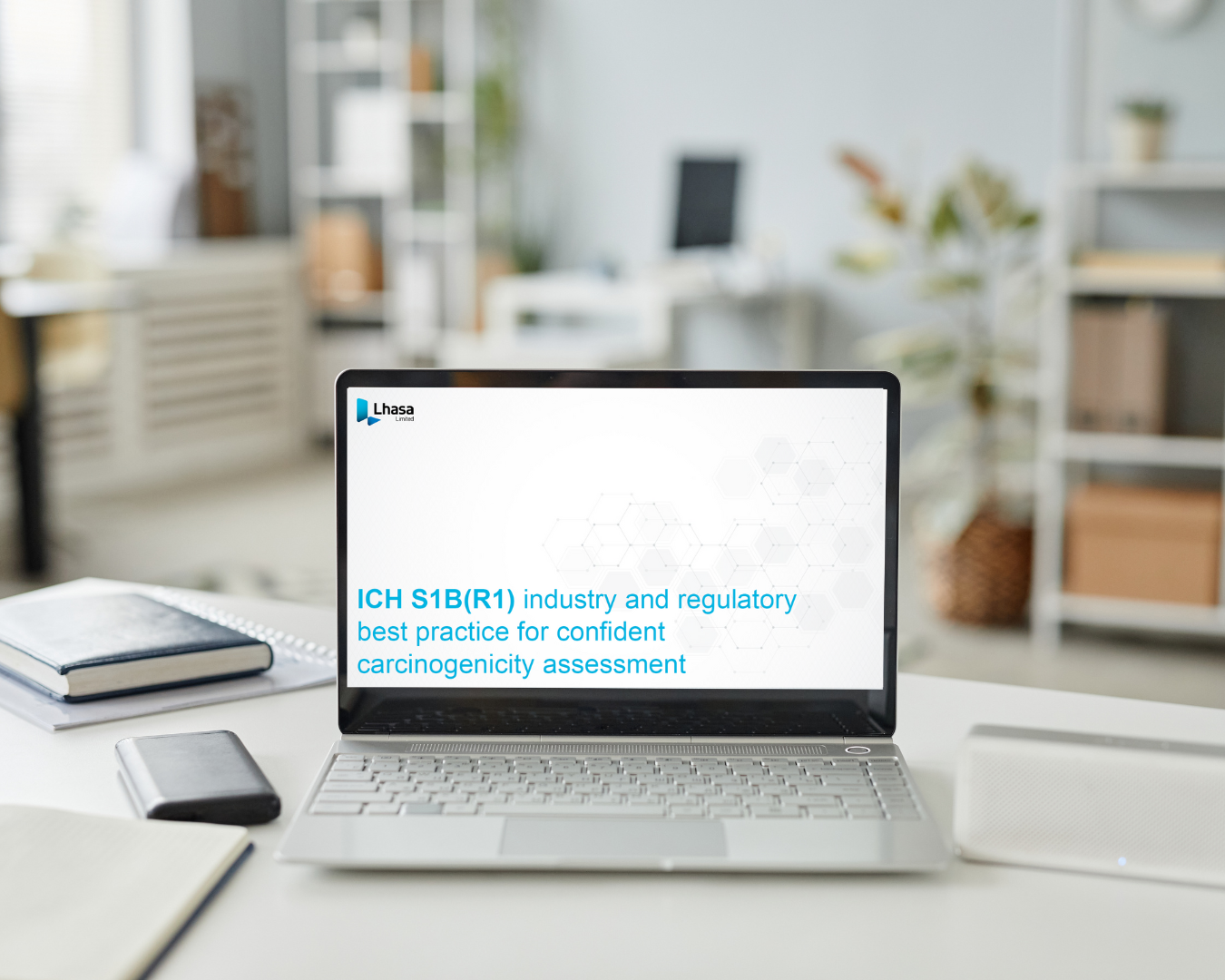Written by Alison Reeves with top tips by Fernanda Waechter.
Many readers of this blog will be aware of the threat posed by potentially mutagenic impurities within drug substance synthesis. Such impurities often arise from reagents which are critical to the synthesis therefore this impurity-related threat is unavoidable.
As such, there is a need to assess the risk posed by mutagenic impurities.
To discuss this topic, we invited Dr. Andrew Teasdale – who is a Senior Principal Scientist specialising in impurity management at AstraZeneca. As well as his role at AstraZeneca Andy has led a variety of cross-industry groups across key impurity areas, including mutagenic impurities – to present at our recent webinar, ‘Why you should consider controlling your potentially mutagenic impurities outside the lab’ and give his perspective on this topic.
In case you missed this event, Fernanda Waechter, Principal Application Scientist here at Lhasa has summarised her top 10 take away tips from the webinar for quick and easy consumption:
- When it comes to mutagenic impurities, focus on control rather than avoidance
- Analytical testing of impurities can be difficult because the same reactivity that facilitates removal of a mutagenic impurity is also what makes it hard to analyse them
- ICH M7 specifically mentions purge calculations and cites the Teasdale paper which defines the purge scoring system
- The basis of the purge calculation scoring system is that it underpredicts – which was proven by experimental data – there is a good correlation of purge calculations and experimental results
- To decide on a control strategy, understand the purge ratio first – this should be used to decide whether an option 4 approach is justifiable
- The use of an in silico model is important to make calculations consistently across companies – instead of relying on individual chemists’ experience. When companies speak the same language, this makes it easier for regulators
- It is important to establish some form of best practice when assigning purges such as solubility, as some cases may lead to different interpretations by different chemists (e.g. multiple extractions)
- Not all risks are equivalent – for nitrosamines, the level of risk for Valsartan is different to Candesartan. A recent publication [1] shows that although precursors of nitrosamines may be present, where they were used early in the process they were purged and did not present as a real risk
- Purge calculations save time – they have been shown to reduce the hours spent on analytical testing from around 11,000 to 4,000 hours. This is shown in terms of related cost saving within this recent Lhasa infographic; Control your potentially mutagenic impurities using Mirabilis and save an estimated $1.1 million annually
- A recent survey publication [2] has recently shown good acceptance of option 4 approach by regulators.
If you would like to watch Andy’s full presentation, you can watch the recording via this page.
For more information on Mirabilis, please get in touch.
[1] Controlling a Cohort: Use of Mirabilis-Based Purge Calculations to Understand Nitrosamine-Related Risk and Control Strategy Options | Organic Process Research & Development
[2] Control of Mutagenic Impurities: Survey of Pharmaceutical Company Practices and a Proposed Framework for Industry Alignment | Organic Process Research & Development
We would love to hear your thoughts on this blog – get in touch with us here.
Last Updated on January 25, 2024 by lhasalimited



